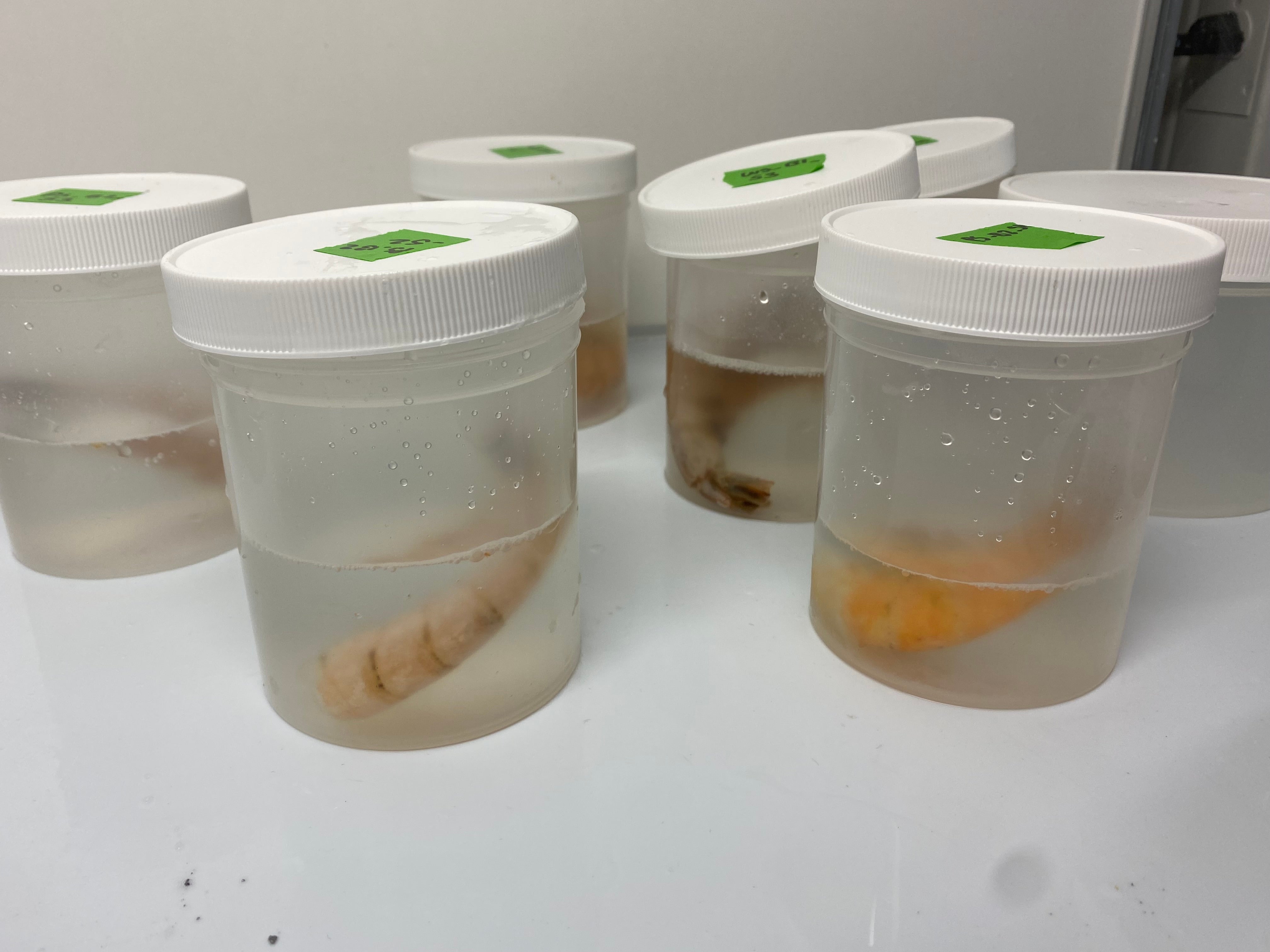Majority of burgers, steaks, chicken and plant-based meats contain microplastics, study reveals
Chicken, beef, pork and tofu contain as much microplastic as fish
Your support helps us to tell the story
From reproductive rights to climate change to Big Tech, The Independent is on the ground when the story is developing. Whether it's investigating the financials of Elon Musk's pro-Trump PAC or producing our latest documentary, 'The A Word', which shines a light on the American women fighting for reproductive rights, we know how important it is to parse out the facts from the messaging.
At such a critical moment in US history, we need reporters on the ground. Your donation allows us to keep sending journalists to speak to both sides of the story.
The Independent is trusted by Americans across the entire political spectrum. And unlike many other quality news outlets, we choose not to lock Americans out of our reporting and analysis with paywalls. We believe quality journalism should be available to everyone, paid for by those who can afford it.
Your support makes all the difference.The vast majority of meat and plant-based proteins contain tiny plastic particles, a new study has found.
While the prolific presence of microplastics in fish and shellfish has long been known, there has been less exploration into how proteins like beef and chicken are impacted by the world’s burgeoning plastic pollution.
Micro- and nanoplastics are miniscule particles which shed from larger plastic products. Increasing numbers of studies have shown that they can damage cells in the human body, leading to serious health effects, including cancers, lung disease, and birth defects.
The latest study discovered that 90 per cent of proteins - including pork, beef, chicken, tofu, and three different plant-based alternatives - contain as much plastic as fish.
Highly-processed foods like fish sticks, chicken nuggets, tofu, and plant-based burgers were found to contain more microplastics per gram than minimally-processed proteins like chicken breast but the difference was statistically negligible.

“It’s tempting to want to draw conclusions like ‘eat less of this and more of that’ to avoid microplastics in your diet; but right now, we still know very little about the microplastic burdens in commonly consumed foods,” Madeleine Milne, a study author from the University of Toronto, said.
The study also shed light on the types of microplastics found, with nearly half identified as fibres and about a third as plastic fragments.
Using survey data, the authors estimated that an average American adult may consume around 11,500 microplastics per year, with potential exposure reaching as high as 3.8 million microplastics.
“[T]here’s no escaping them no matter what you eat, it seems,” said Dr Britta Baechler, associate director of plastics science at Ocean Conservancy who was part of the research team.
“The plastic pollution crisis is impacting all of us, and we need to take action to address its many forms.”

Research published earlier this week revealed that bottled water contained approximately a quarter of a million invisible plastic particles, which can seep into the bloodstream and enter human organs.
Decades of unchecked plastic consumption and waste production has led to microplastics infiltrating every ecosystem on the planet with studies showing their presence from the deepest of ocean waters to mountain tops. Microplastics have even been found in newborn babies.
Join our commenting forum
Join thought-provoking conversations, follow other Independent readers and see their replies
0Comments